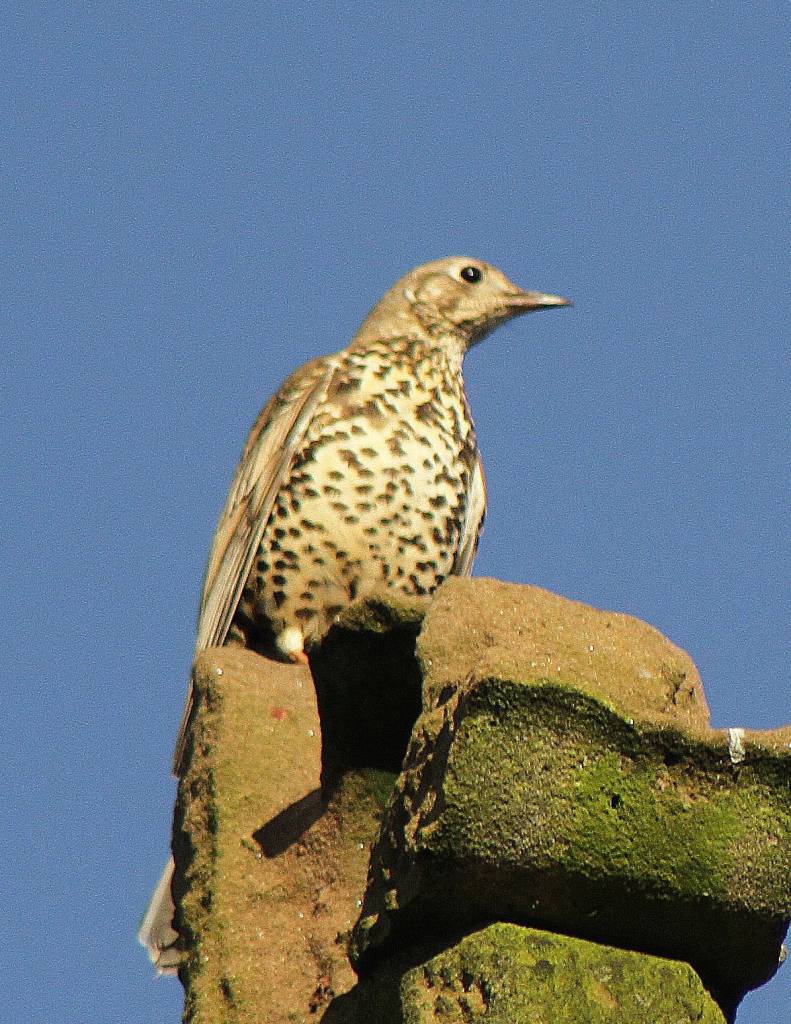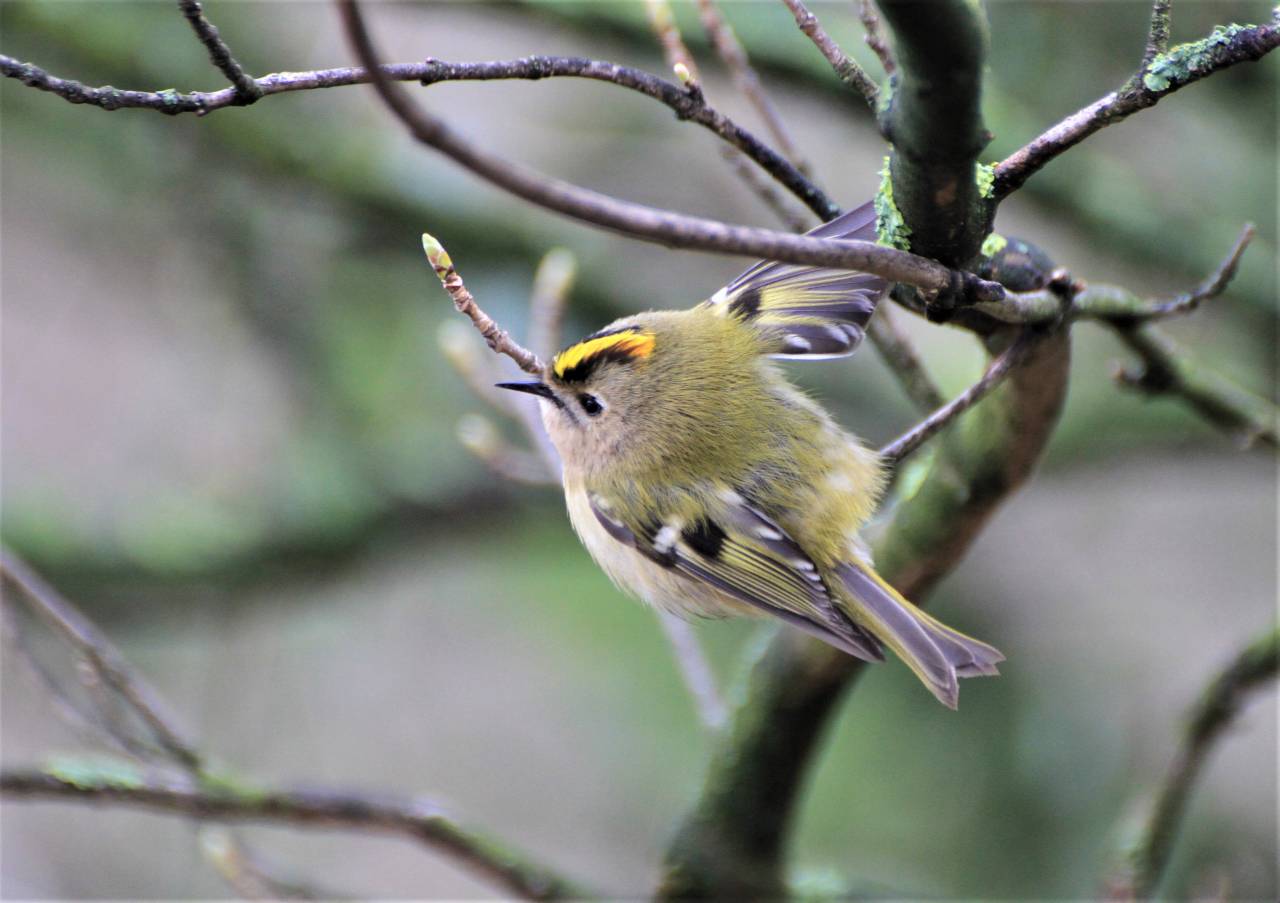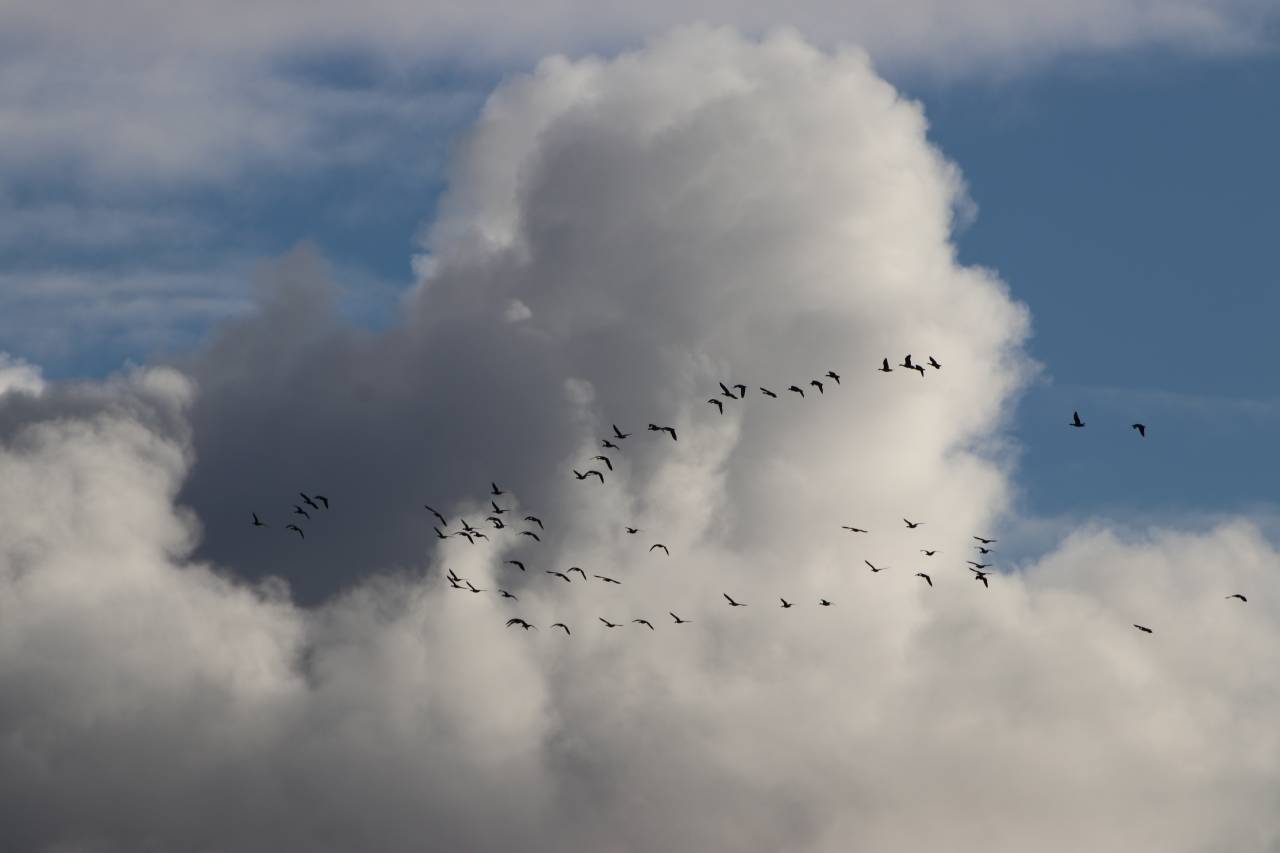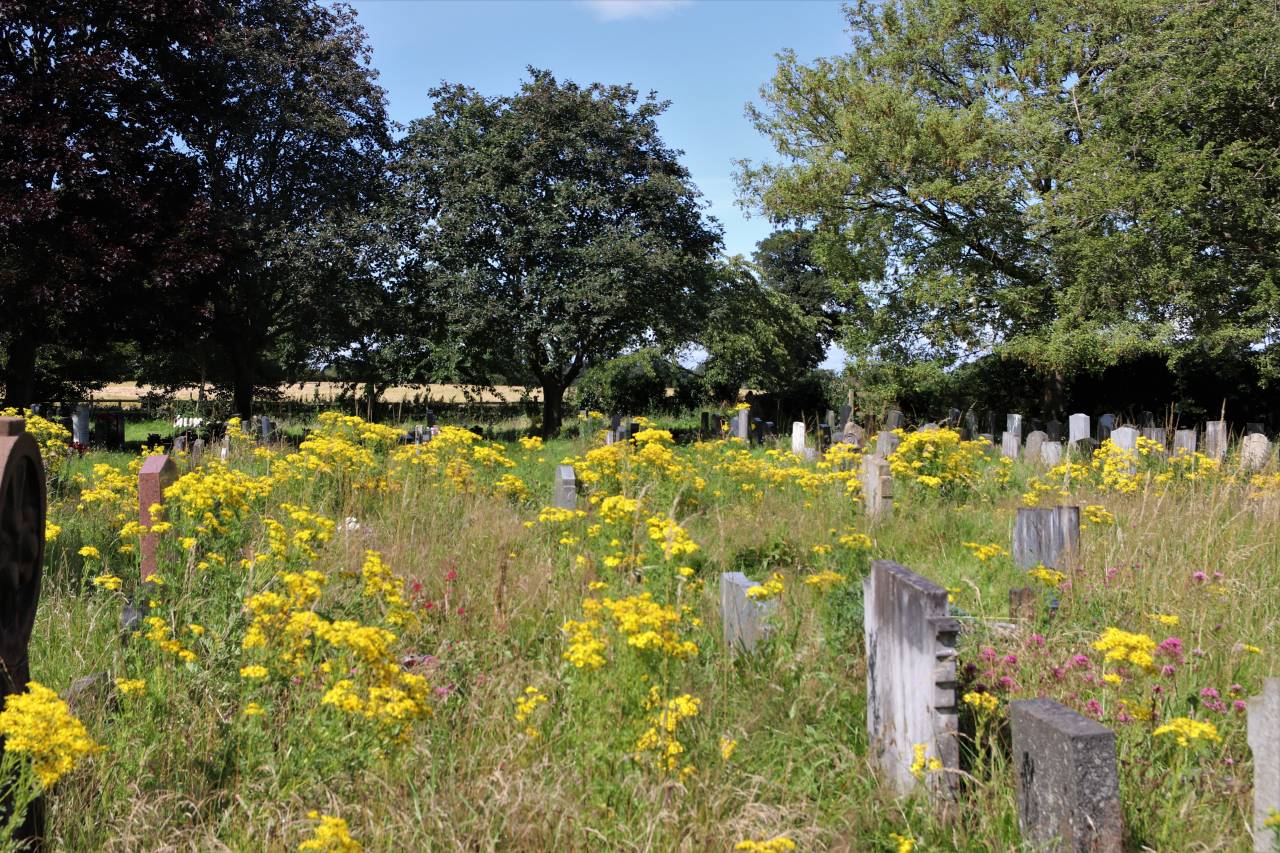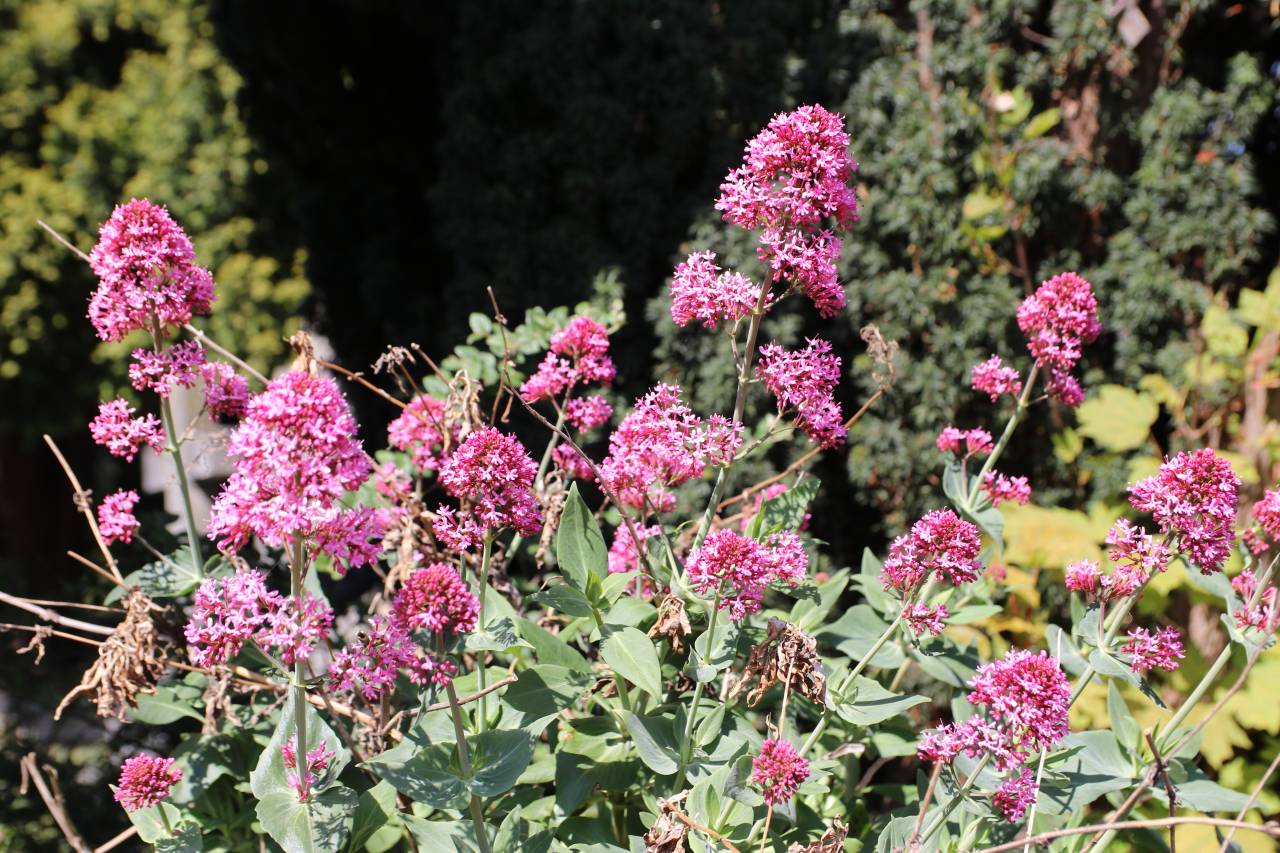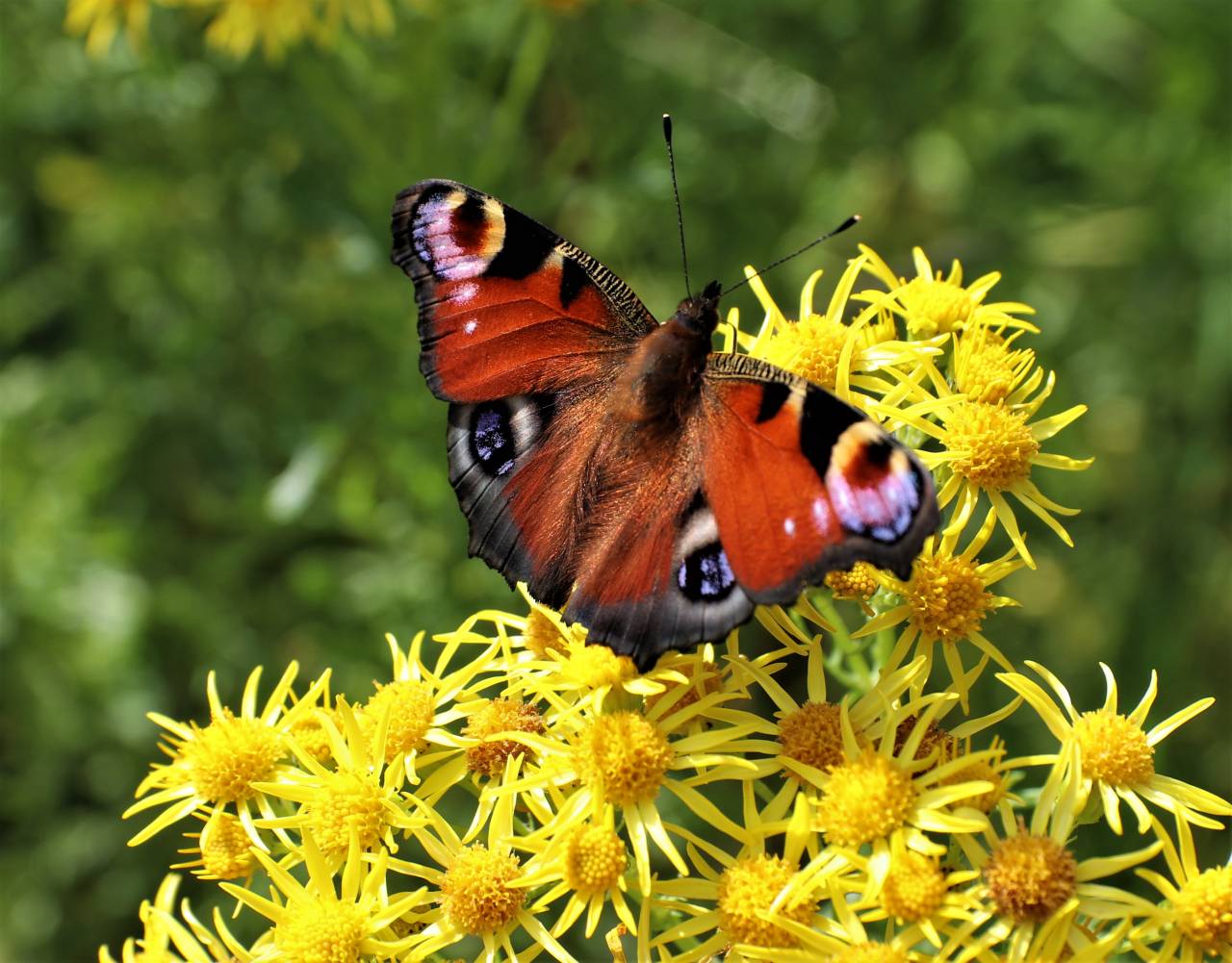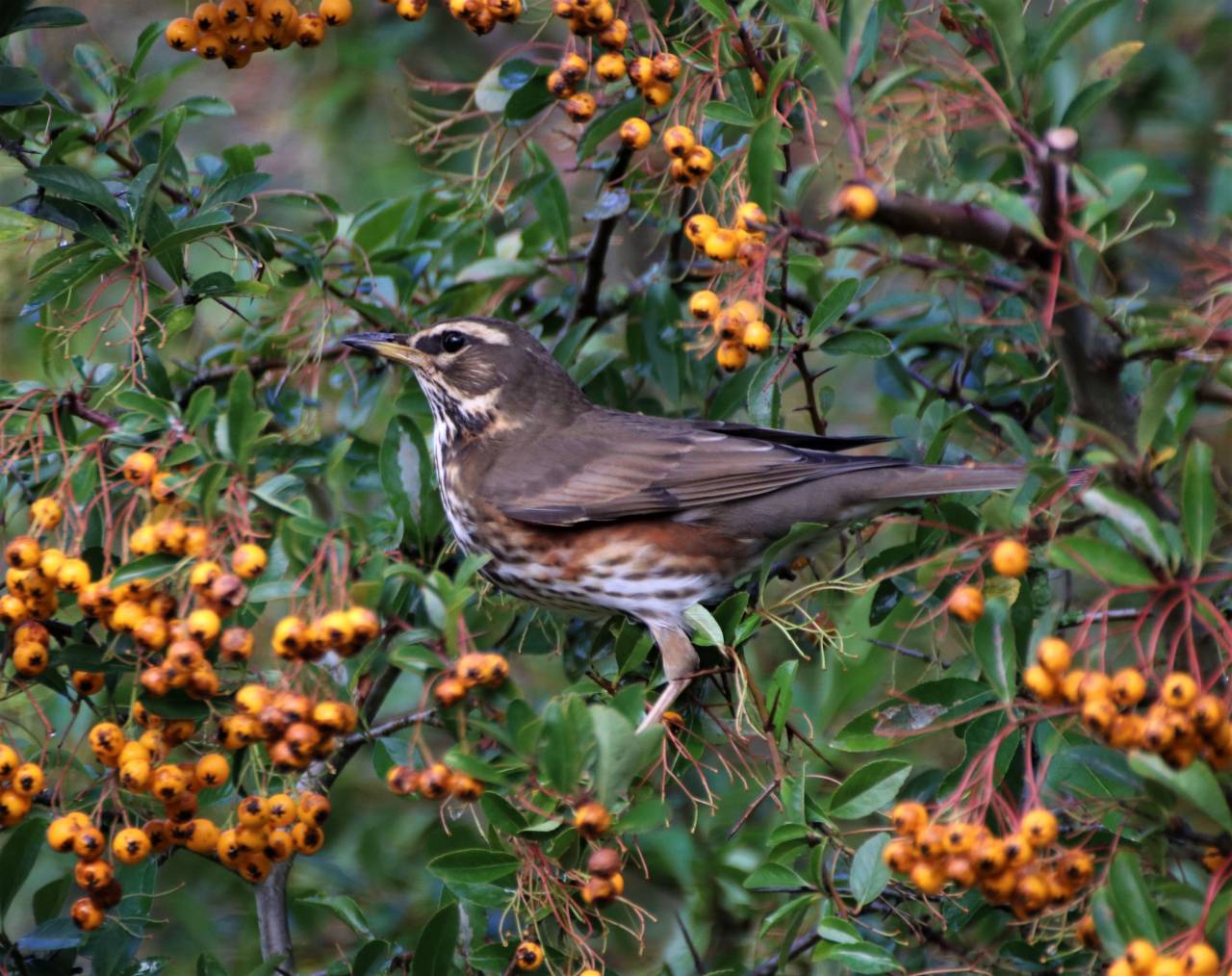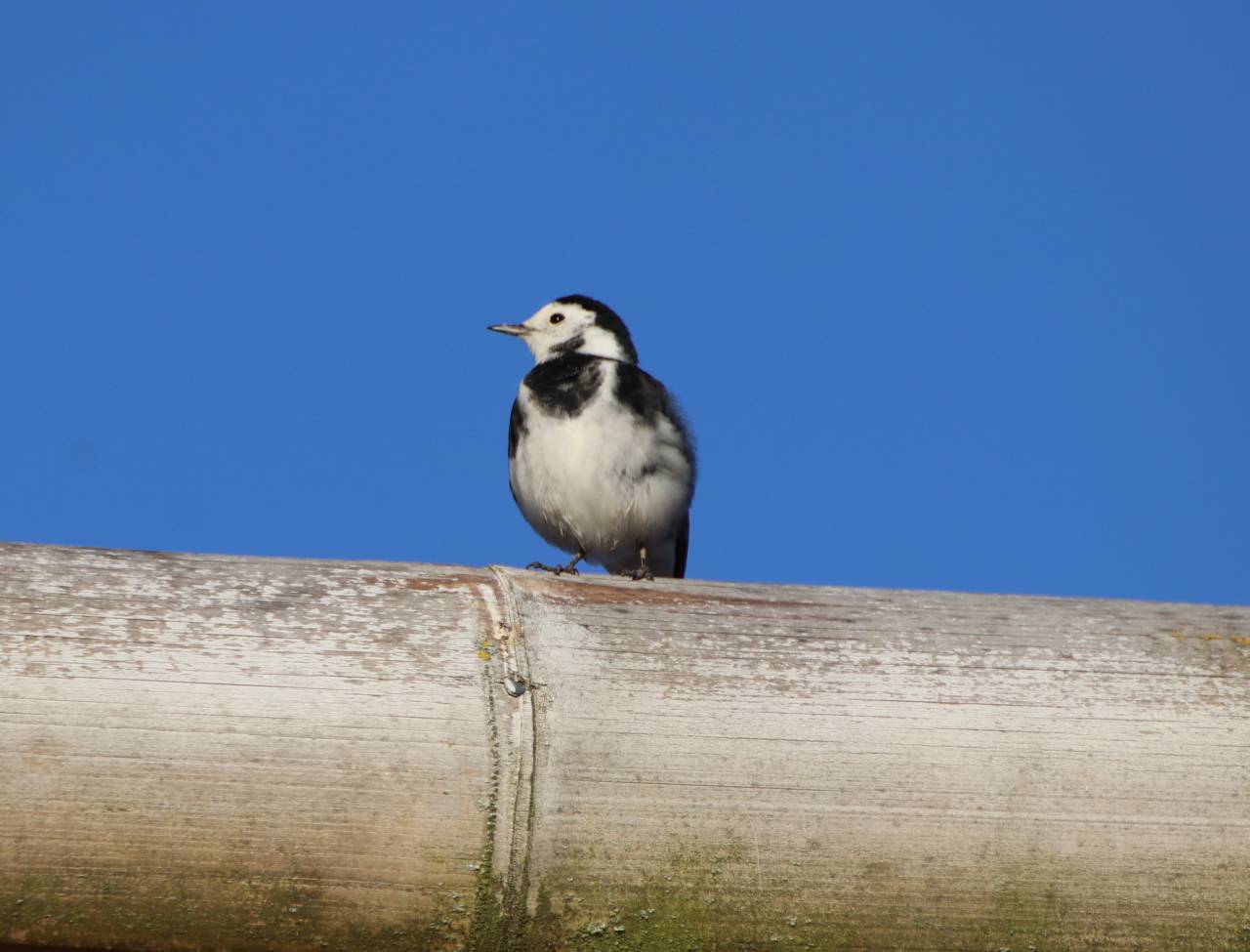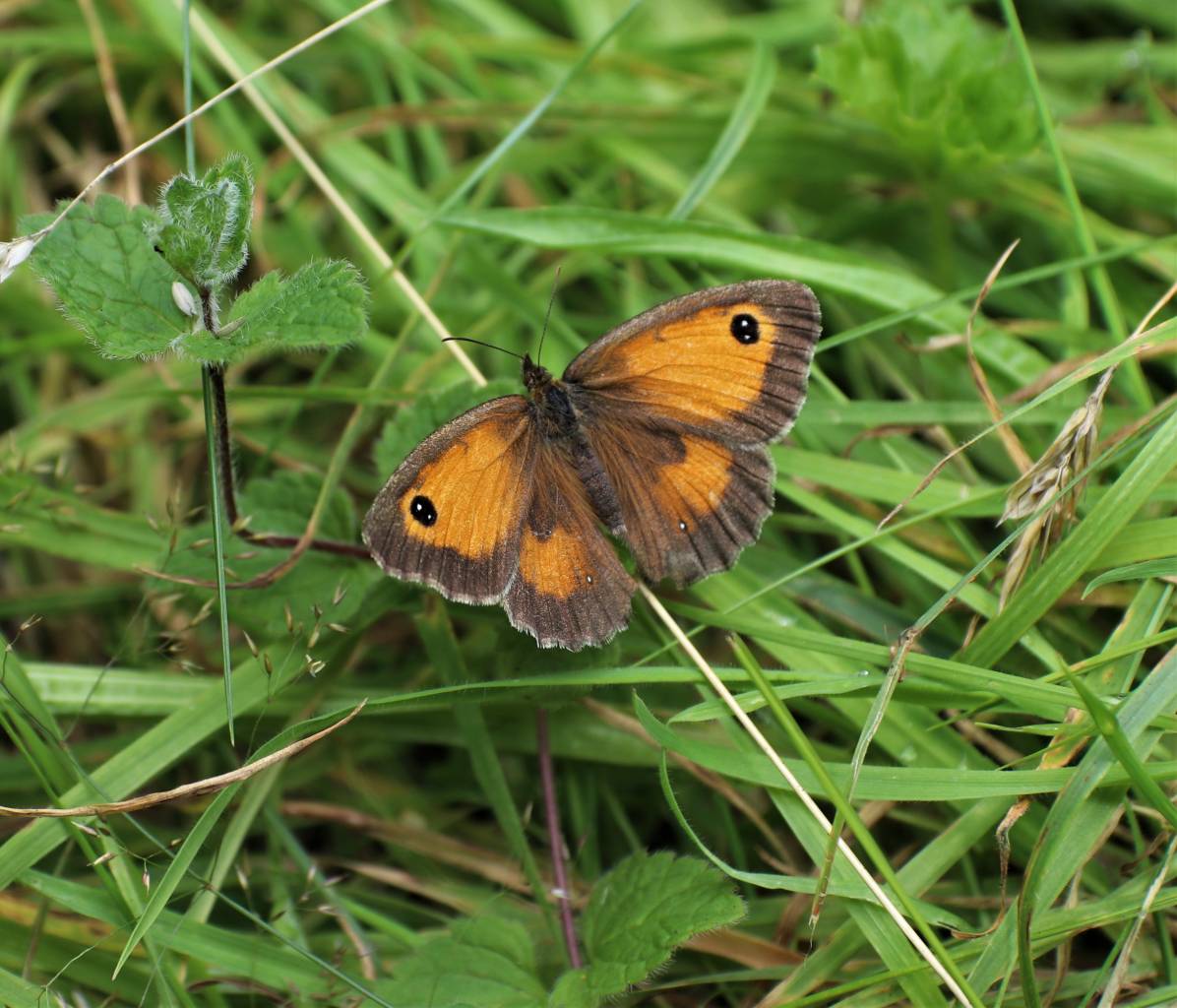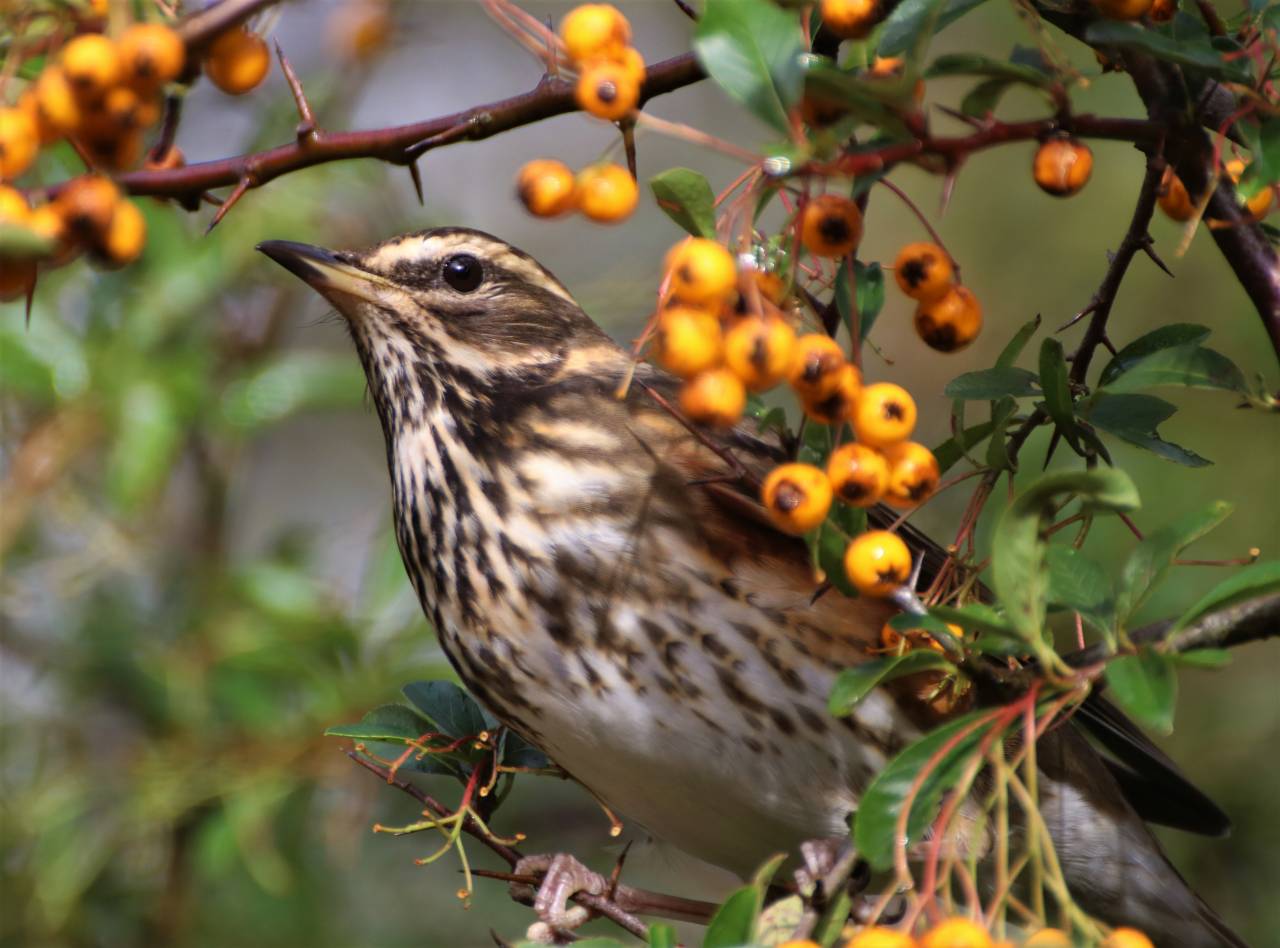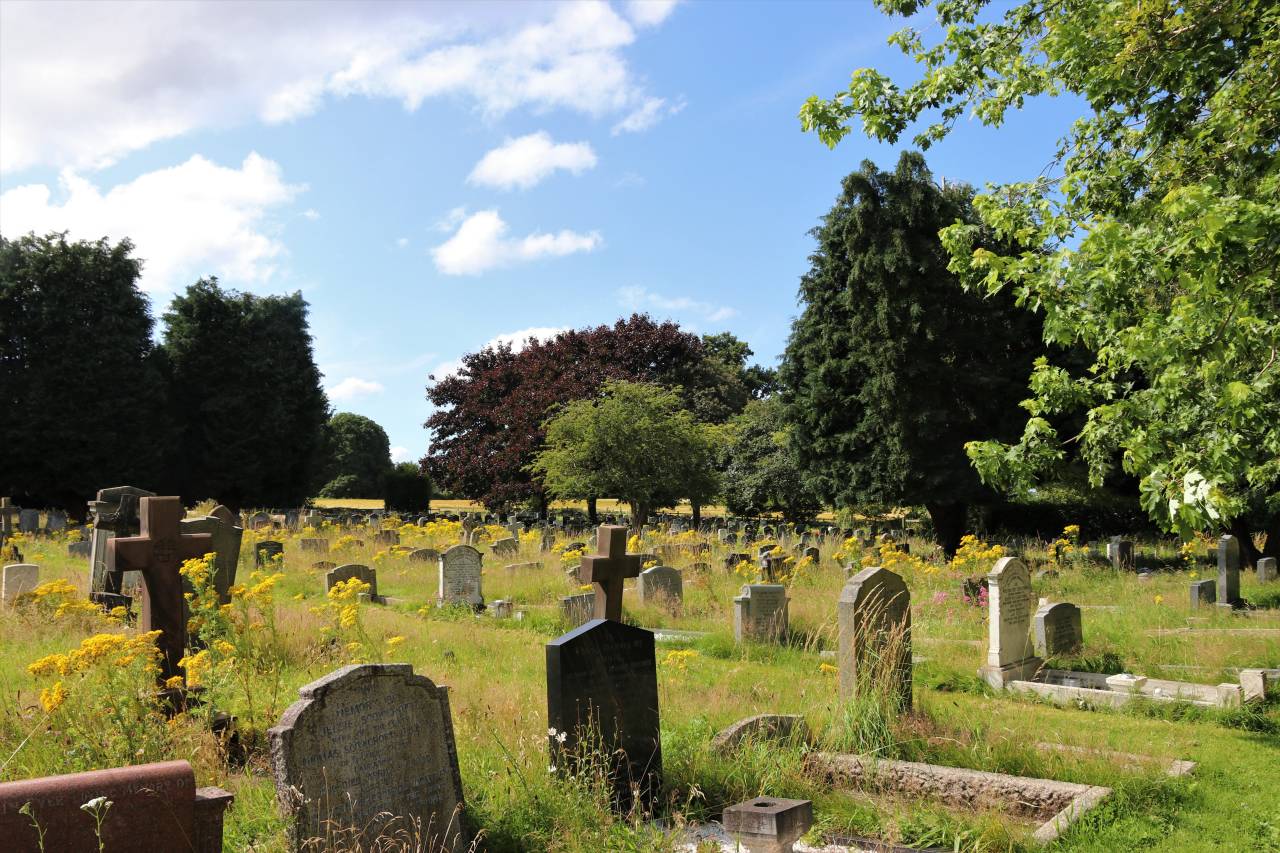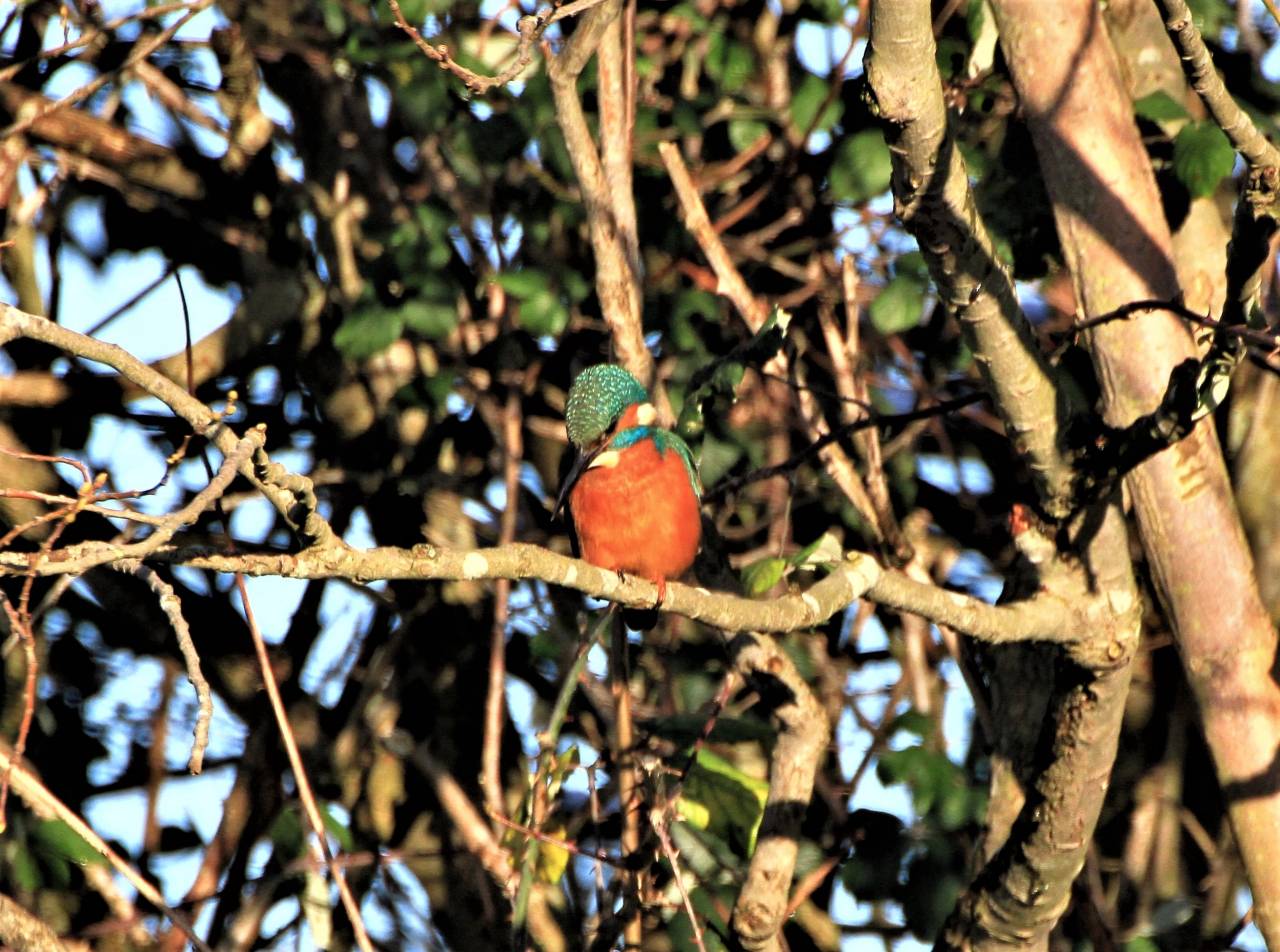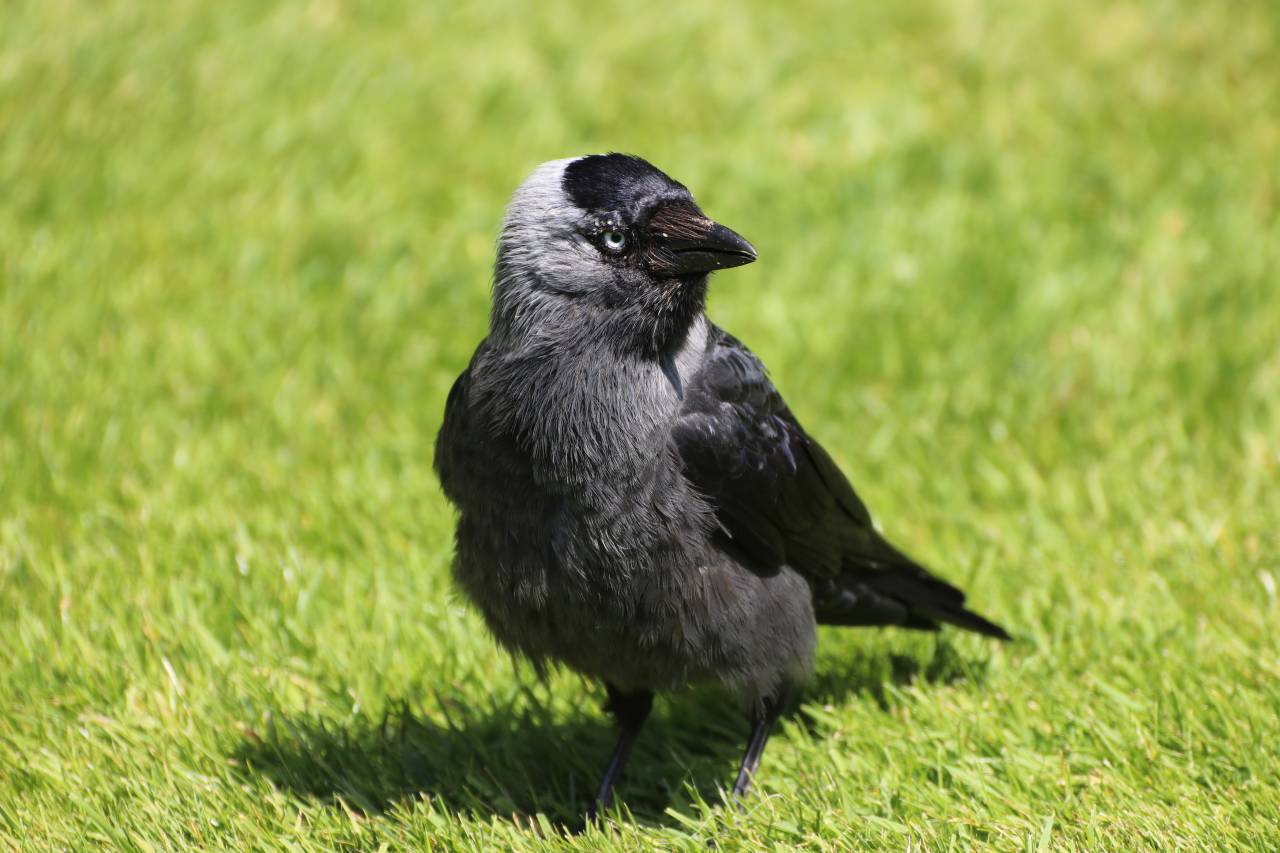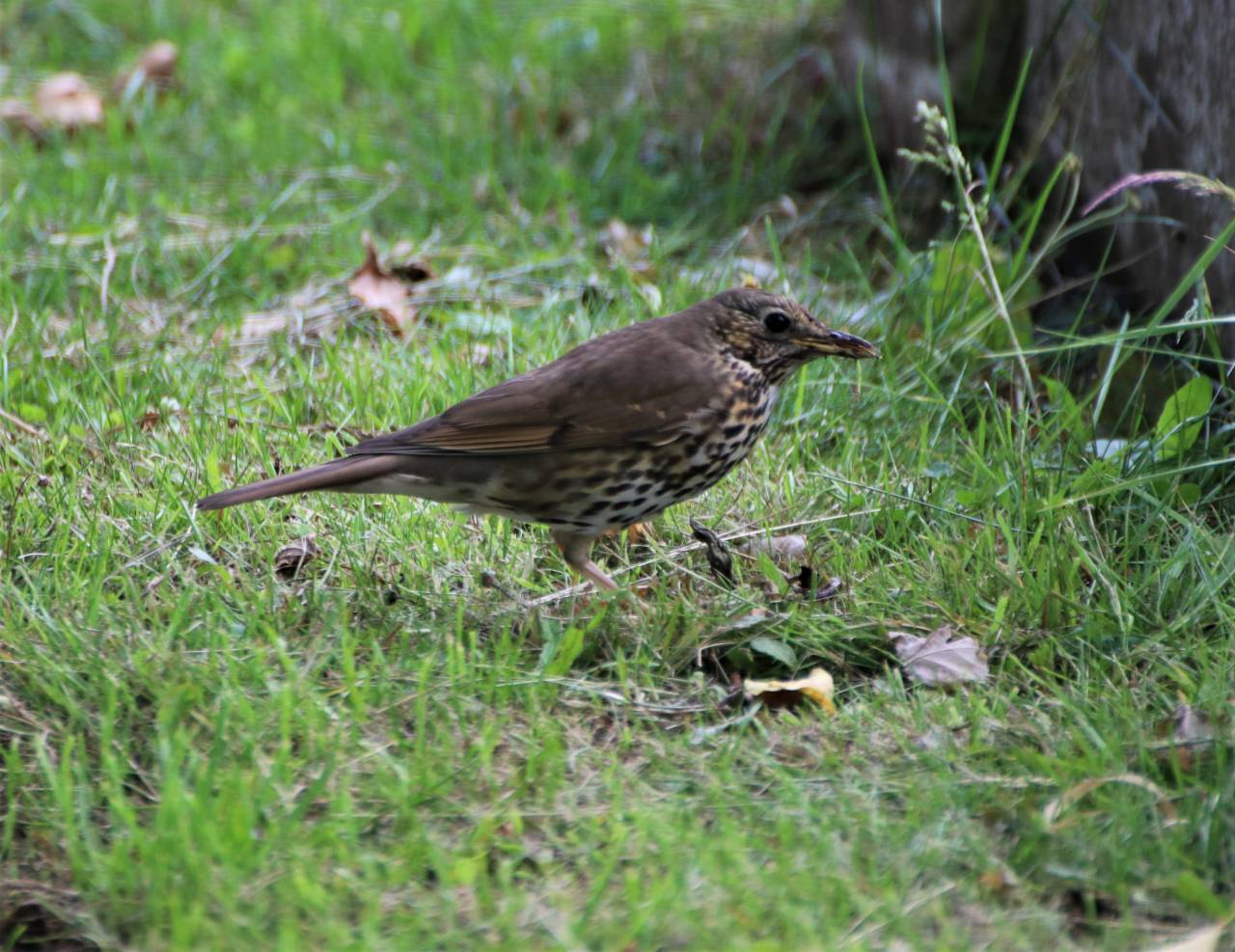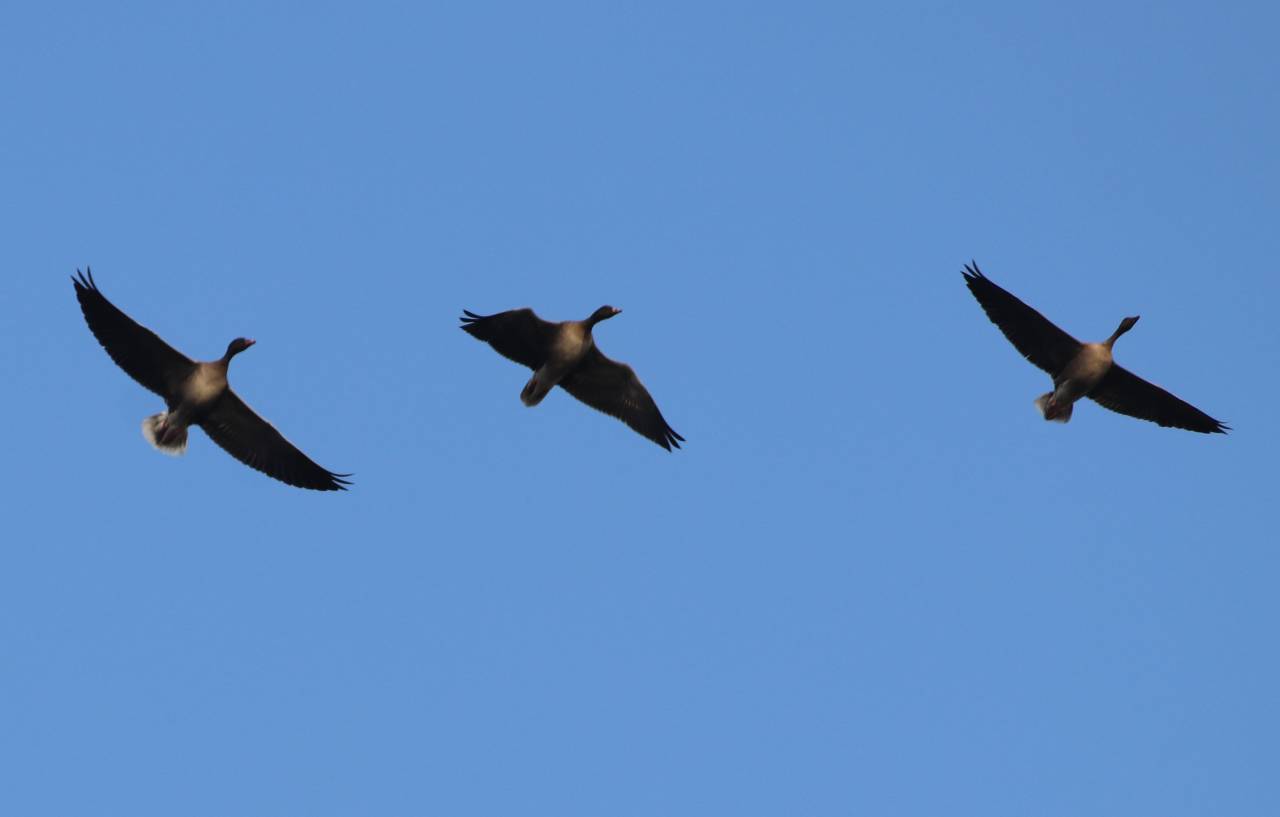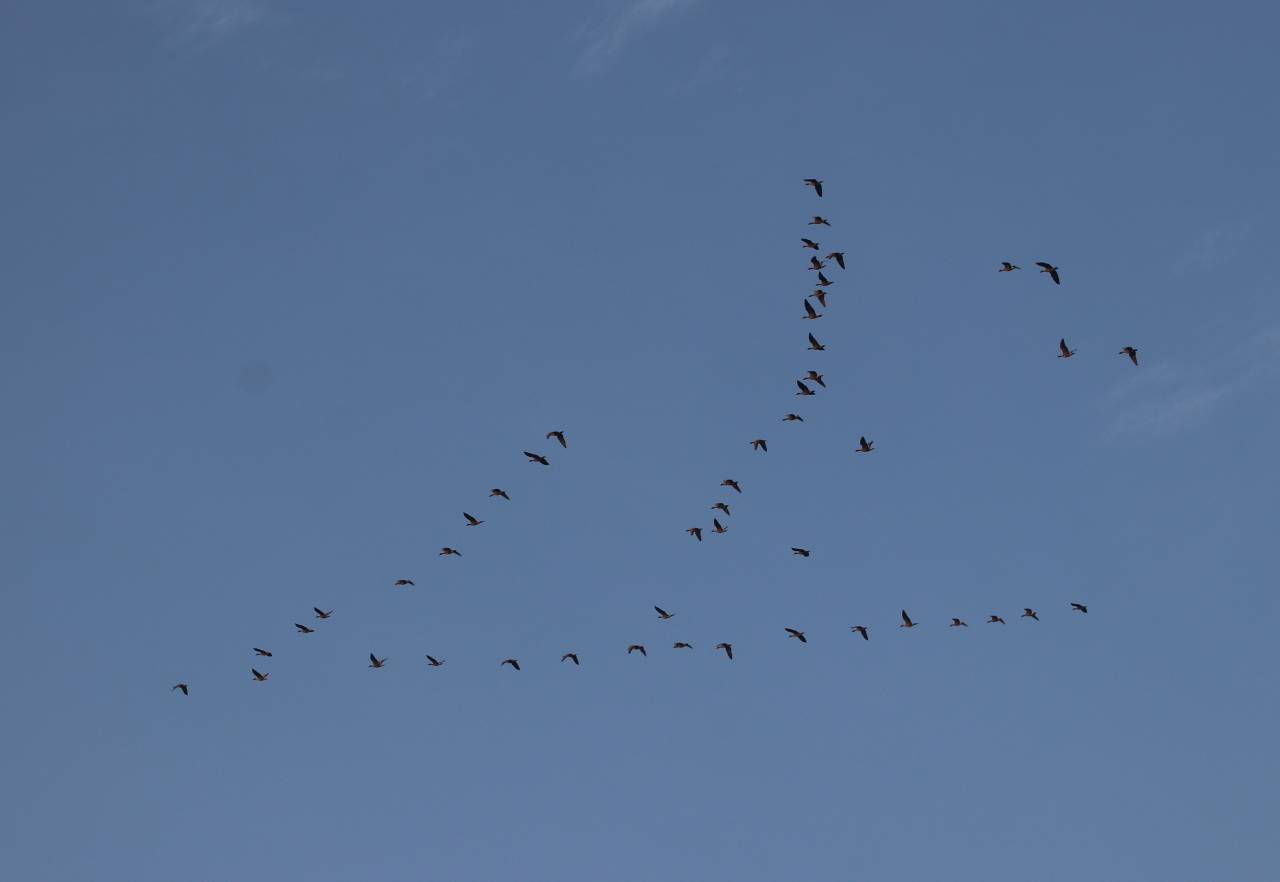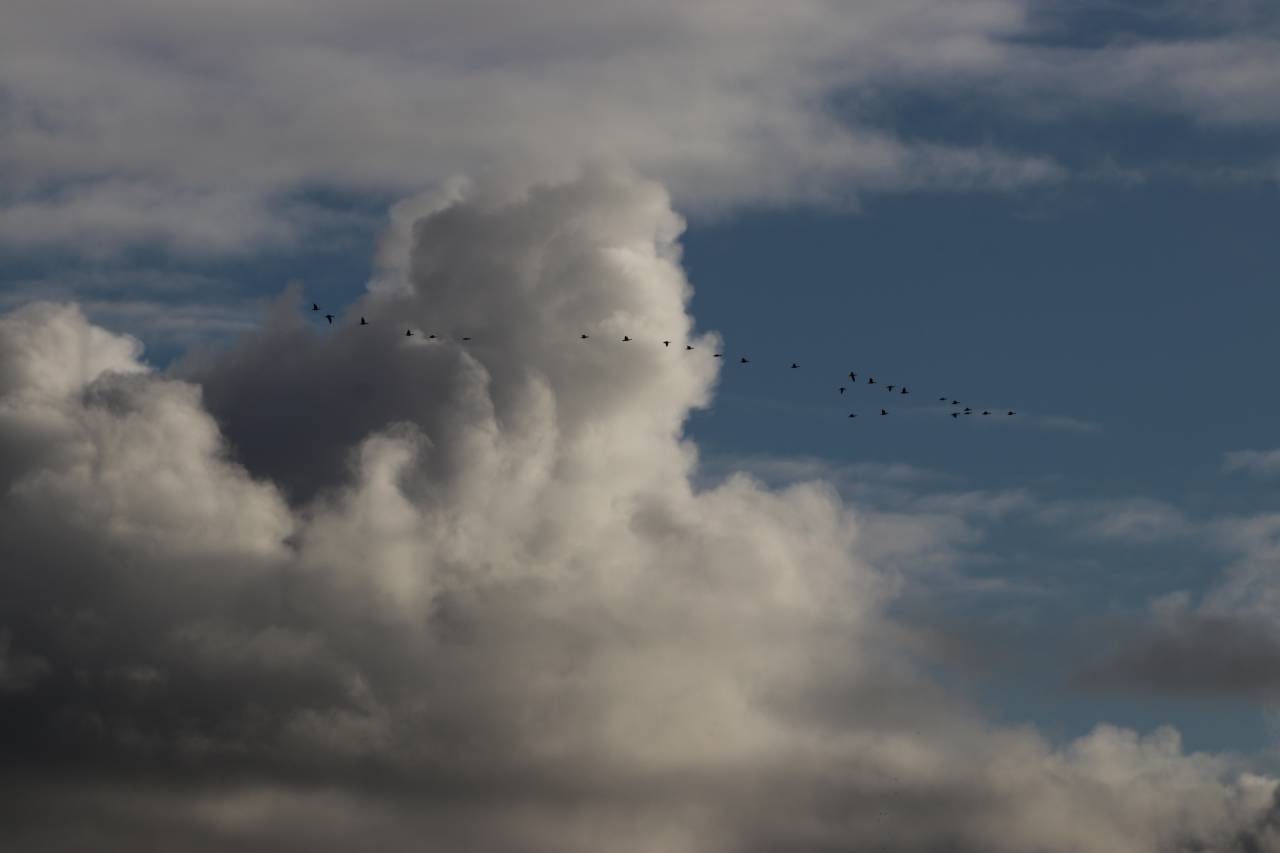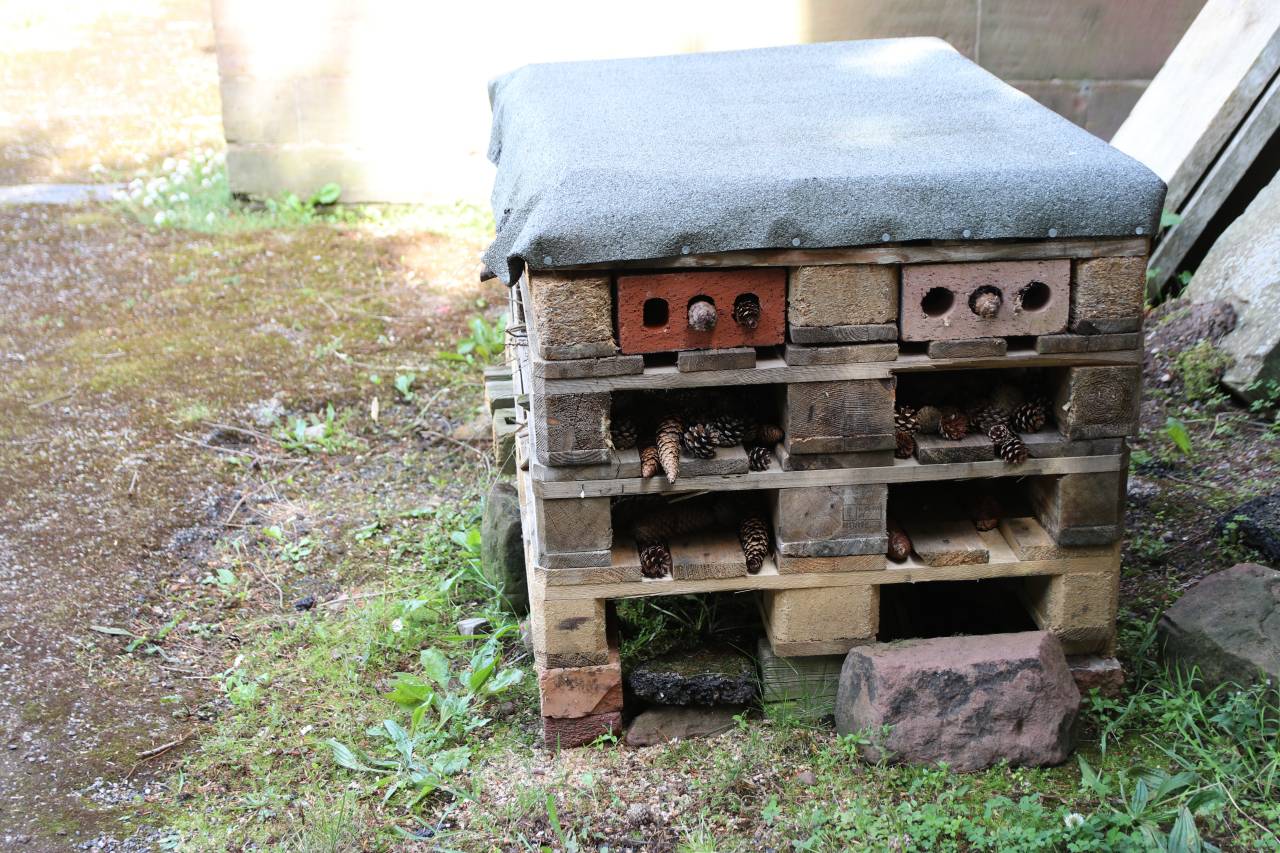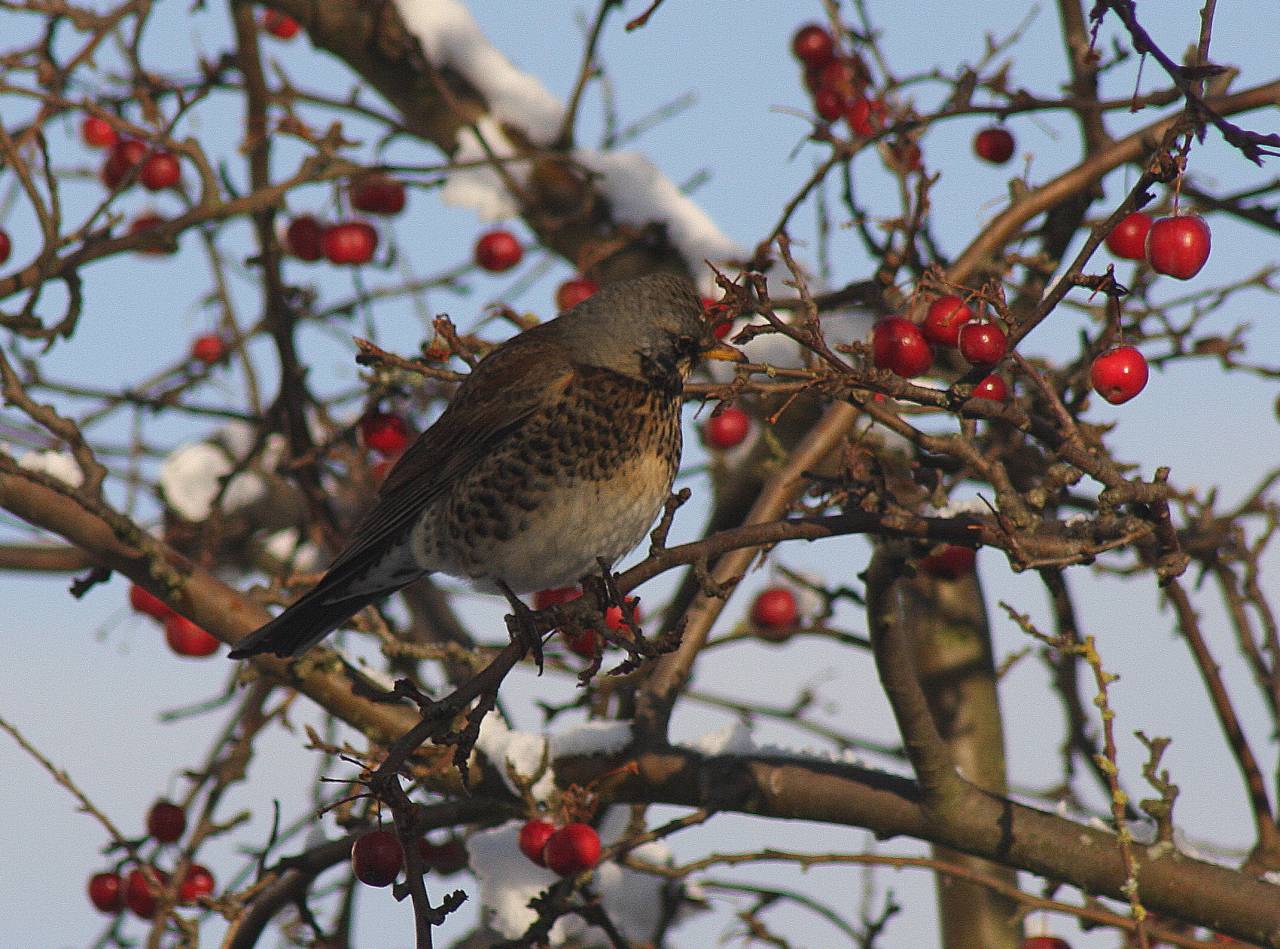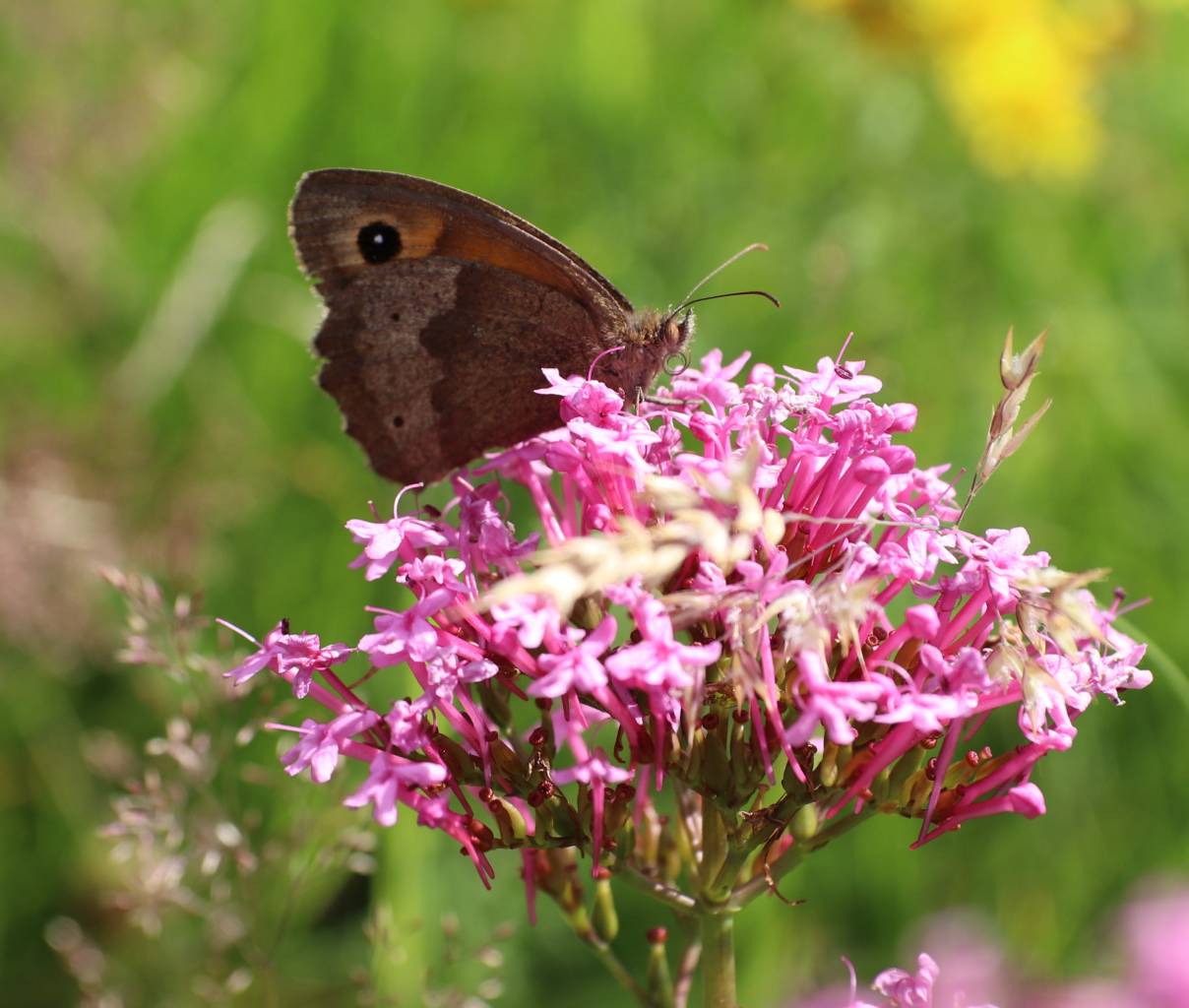Visitors to the churchyard during the last eight months will have been aware that the churchyard became overgrown very quickly during the first lockdown period, because the Payback team and local volunteers were unable to look after it in the way it has been maintained for the last two years or so. In one respect the lockdown has given us the chance to see what flora and fauna exists there, and the study has proved very interesting. I have always been interested in the birds and butterflies present and have made notes over the years, but this year I also looked at the flowers in more detail. The dominant flower in spring and early summer as it always is, was red valerian, a beautiful tall flowering plant which seeds itself naturally on and around the graves, and is a food source for lots of butterflies. As the season progressed this year bright yellow ragwort appeared just everywhere. This attractive plant thought to be poisonous and harmful to horses, is often cut down by farmers, but it is also a rich food source for moths and butterflies, so in the confined space of the churchyard it is worth leaving. Sadly my searching found little evidence of moths and butterflies using it, but that was also the case in other areas of the parish.
Despite this, my list of butterflies in the churchyard over the season was exciting;
Comma, red admiral, brimstone, peacock, meadow brown, gatekeeper, ringlet, small and large white, common and holly blue and speckled wood. Dragonflies included brown and southern hawkers and common darter.
The birds list is also extensive;
Mistle thrushes are very common at Christmas time, heard and seen in the tops of the yew trees, together with wintering redwing and fieldfare. Song thrushes and blackbirds breed here and are most commonly seen in early spring. Another winter visitor is the tiny goldcrest, smaller even than the diminutive wren and singing robins are almost ever present. Great, blue and long tailed tits are regular visitors with the occasional sighting high in the trees of a coal tit. Greater spotted woodpeckers are seen regularly with occasional visits by the ant eating colourful green woodpecker. Starlings and dunnock (hedge sparrow) are present most days, and chaffinches can often be heard singing from the tops of trees. Visitors might also spot both goldfinches and linnets flying at the top of the canopy. Noisy nuthatches often sit in the top of the church roof, and the tiny mouse like treecreepers have been seen crawling up one of the ancient yew trees looking for insects. A pied wagtail can also be seen regularly searching for insects on the church roof. Very rare sightings of waxwings and hawfinches bring excited birdwatchers to the churchyard, but this winter the excitement has come from skeins of Icelandic pink footed geese which can be seen and heard daily. I have also recorded gaggles of both Canada and greylag geese there. Jackdaws are almost always present, several with distinctive white wing feathers, with colourful jays, magpies and crows appearing most days, and even the occasional raven heard “crawking” overhead. Families of buzzards are often seen drifting on thermals over the top of the tower, or heard calling their plaintive cat like “ mewing” calls especially in spring & summer. Look up sometimes and a sparrowhawk might be circling the church and if you are lucky you might spot a magnificent red kite. In spring and summer, swallows, house martins and swifts will also be seen hunting for insects, although swifts were noticeably absent from the village this summer. In the evening light you might be lucky to see minute insect eating pipistrelle bats which are known to roost in the bell tower flying across the churchyard. Also at dusk you might spot creamy white barn owls hunting low over the fields beyond the churchyard towards Littleton, or hear the sound of a tawny owl calling to claim their territory, or as they hunt for prey in the grounds of the College of Law and on the Mill mound.
Stop Press
Regular sightings of a kingfisher are being seen along the canal.
-

Mistle Thrush
-

Goldcrest
-

Pink Feet above Christleton
-

Christleton Churyard - Ragwort
-

Valarian
-

Peacock Butterfly
-

Redwing
-

Pied Wagtail
-

Gatekeeper Butterfly
-

Redwing
-

St.James' Churchyard - Ragwort
-

Kingfisher
-

Jackdaw
-

Song Thrush
-

Close up of Pink Foot Geese
-

Pink Foorted Geese
-

Pink Feet above Christleton
-

Bug Hotel
-

Fieldfare
-

Small Heath Butterfly

